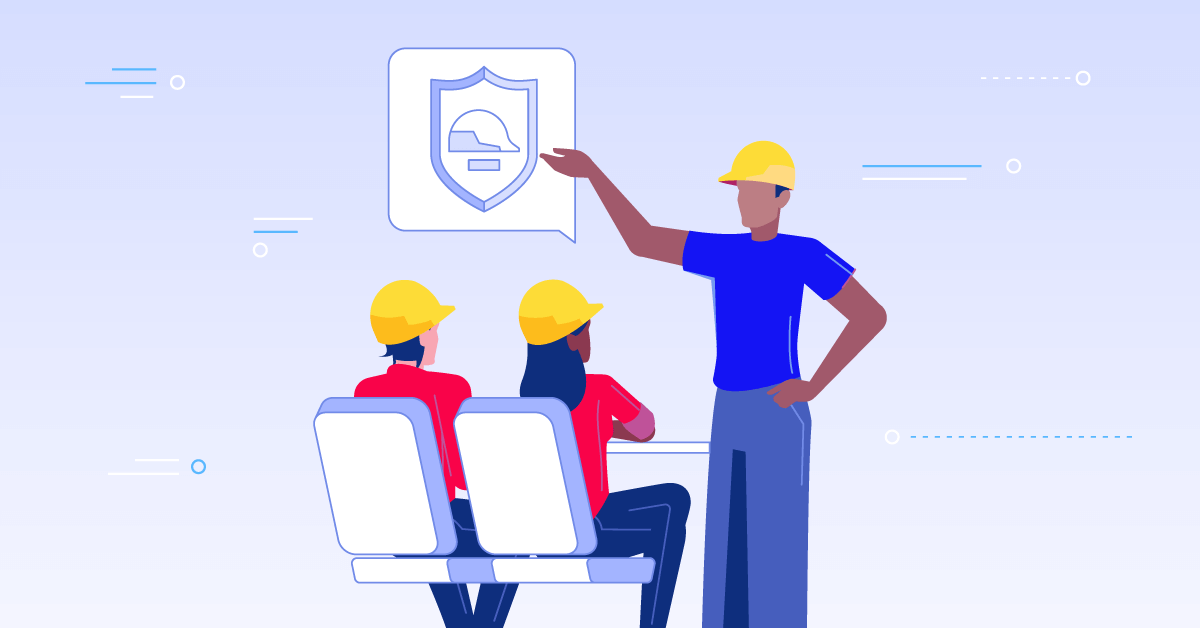At the beggining, eLearning implementers pretty much dressed up traditional methods of delivery. They would refurbish PowerPoint slides to replace narrated presentations, the paper syllabuses and PDF files would be converted into online text. The course pages would be jazzed up with graphics, images, or videos.
Online assessment tools were also the paper versions of exams and quizzes in the form of the drag and drop exercises and visual matching. Although these instruction designing strategies provided a more simplistic and task-minimizing approach to teaching, they failed in many ways in addressing the effectiveness of the content and the engagement it provokes.
Designing engaging online instruction derives from years of online teaching heuristics. Instructional developers for eLearning environments need to balance cognitive and educational psychology, and educational technology into every learning experience.
Instruction designers do not need expensive tools to foster engagement. Instead, a course mentor can use creativity to create effective learning experiences that lead to learning achievement. Strategies that bring learner engagement lead to authentic learning practices.
Authentic learning usually includes real-world problems and solutions, using scenario and role playing experiences, case studies, and problem-based activities. Learners are more engaged when solving real-world problems. This is the very core of “learning by doing” or “performance-based” learning.
Authentic learning in an eLearning environment can be tricky but not impossible. Course mentors and training managers need to try out the various Web 2.0 tools available outside the learning environment.
Tools available within the learning and talent development platforms also offer opportunities for implementing a “learning-by-doing” strategy. Engaging learners using communication and development tools creates deeper authentic learning.
Here’s what researchers have proposed for instructors who want to create an engaged training force:
1. Real world problems
Authentic activities are similar to those practiced by real-life professionals. Learners want to mimic the real world problem scenario and solve it within the safety of the eLearning environment.
2. Ill-defined problem
Create a challenging start by not defining the problem clearly. This leaves a lot to imagine and an open call to multiple interpretations, predictions, introduction of variables and the identification of the required tasks. This is in essence, an authentic learning experience.
3. Prolonged Projects
In real-life, problems are not solved within hours. They are divided into components and each component is studied and resolved. Create projects that require complex tasks to be investigated by students over longer periods of time. They are required to invest their time, energy and intellectual resources to conclude the project.
4. Multiple Resource Research
Create projects and assignments that require learners to research from a variety of theoretical and practical resources. The underlying decisions they make when separating relevant from irrelevant information will prepare them for real-world scenarios.
5. Collaboration
Train your learners to not to work alone. Authentic experiences rarely occur in a solitary fashion, but rather they thrive within the decisions made in collaboration. Utilize social media and other LMS tools to have learners ask each other (or confirm with each other) before continuing.
6. Reflection
Provide outlets for reflection on the learning journey of your learners. They should be able to identify how far they have come and elaborate on the issues they have faced while learning.
7. Interdisciplinary approach to problem solving
Real-world experiences are never based on a single discipline. Similarly, tasks that engage learners with each other utilize the interdisciplinary strengths of each member. Create tasks that promote various kinds of field-based knowledge to broaden perspectives.
8. Evidence of Integration
Watch out for instances when learners share what they have applied of the knowledge they acquired from an eLearning course to their performance context. Remind them of this accomplishment. Require them to share these accomplishments with peers for a meaningful engagement.
Recreating authentic, real-world environments in the eLearning classroom is vital for achieving effectiveness. It is also a great way to have learners engaged and involved with each other.
A creative use of educational technology tools and careful mimicking of real-world scenarios, in the form of sustained projects, will lead to a higher engagement level in the eLearning course.
As we see, online education has gained wide recognition and acceptance, so trainers need to adopt strategies for effectiveness and engagement in their eLearning courses.


